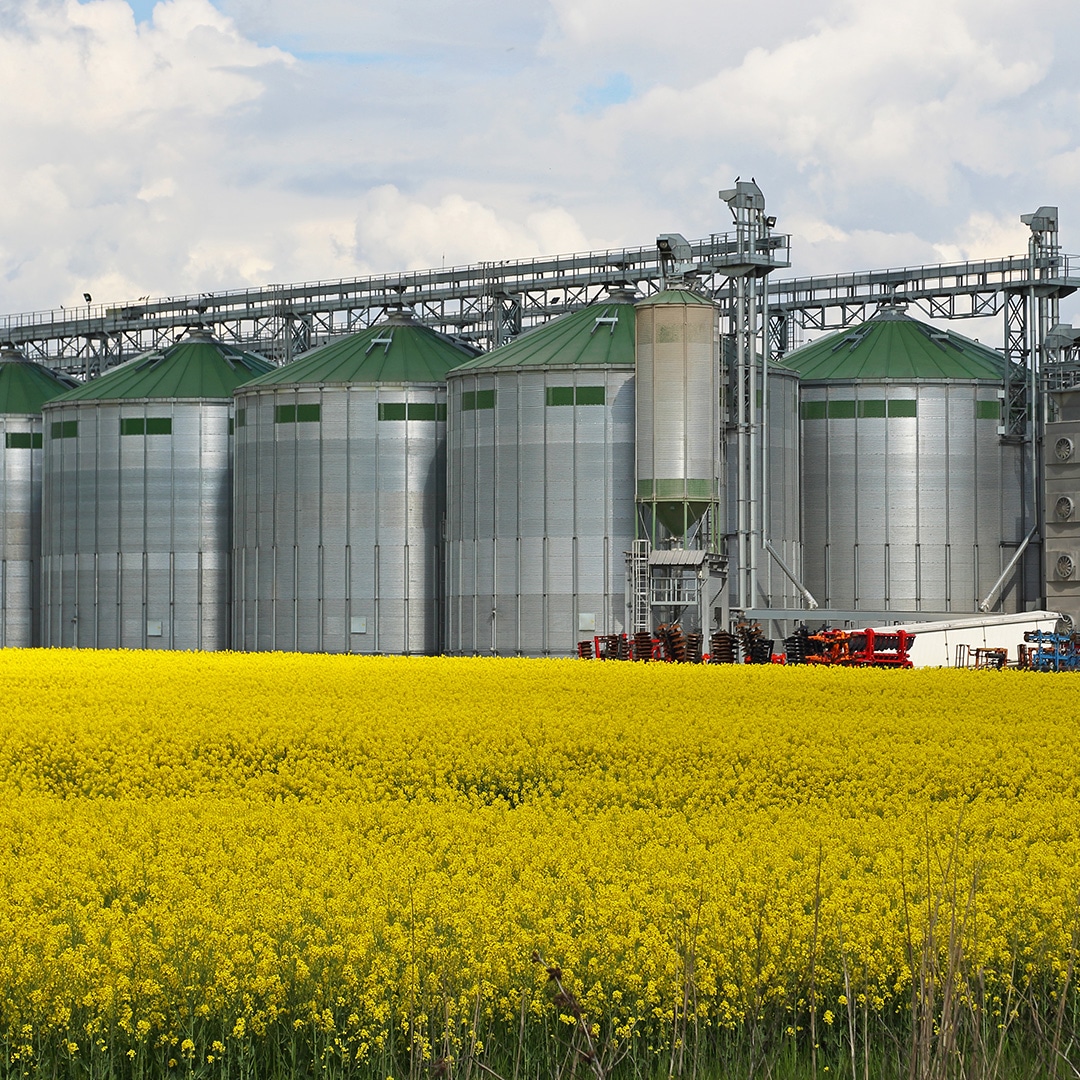The potential of biodiesel, a renewable fuel made from organic materials like vegetable and animal fats, to lessen the maritime industry’s carbon footprint is gaining attention. Biodiesel is non-toxic, biodegradable, and emits fewer greenhouse gases than traditional fossil fuels.
These characteristics make biodiesel a valuable alternative for maritime shipping.
Biodiesel as a Marine Fuel
Biodiesel is a type of diesel fuel made of long-chain fatty acid esters that are extracted from plants or animals. Usually, it is created by chemically interacting lipids—such as animal fat (tallow), soybean oil, or another type of vegetable oil—with alcohol. This process, known as transesterification, results in the production of methyl, ethyl, or propyl ester. In Europe, biodiesel is the most widely used biofuel.
Fatty acid methyl ester, or FAME, is made via transesterification, which turns different types of oils (triglycerides) into methyl esters. This process can be applied to vegetable oils, animal fats, or leftover cooking oil. This kind of biodiesel is the most accessible in the market and is frequently combined with ordinary marine diesel.
Synthetic fuels known as BTL (Biomass to Liquid) fuels are made from biomass by thermochemical conversion techniques. The finished product may include fuels that are suitable for use in diesel engines but differ chemically from traditional fuels like petrol or diesel.
Hydrogen-derived renewable diesel, or HVO/HDRD, is a petroleum-based product obtained through the hydrotreating process known as fatty acids-to-hydrocarbon hydrotreatment, which refines fats or vegetable oils either alone or in combination with petroleum. HVO/HDRD doesn’t require any additional modification and can be used straight away in distribution and refuelling facilities along with current diesel engines.
FAME is the biofuel most commonly used in marine applications, according to DNV. It can be used as pure biofuel or in mixtures with conventional petroleum fuels.
Effects on Greenhouse Emissions and Regulations
In contrast to certain fuel additives, biofuels burn cleaner than petrol and produce fewer greenhouse gas emissions during combustion. They are also totally biodegradable.
A method called life cycle analysis is used to evaluate how a product’s extraction, processing, production, distribution, usage, disposal, and recycling affect the environment. To assess the benefits or drawbacks of each fuel, a life cycle analysis may concentrate on certain stages of a fuel’s life cycle, such as from extraction to consumption or well to wheels, when comparing fuels.
Emissions from 100% biodiesel are 74% less than those from petroleum fuel, according to a life cycle study. Comparable results from the California Air Resources Board’s life cycle analysis of biodiesel from different sources have been released.
Biodiesel is extremely helpful in meeting the IMO criteria. For CII, when compared to the well-to-wake emissions of fossil MGO, which are 94 gCO2e/MJ, biofuels certified by an international certification scheme contribute to achieving sustainability criteria and offer a well-to-wake GHG emissions reduction of at least 65%.
Additionally, biodiesel reduces the annually reported CO2 emissions for EU MRV.
The Marine Environment Protection Committee gave its approval on June 10, 2022, to Unified Interpretations (UIs) to MARPOL Annex VI Regulation 18.3, which streamlines the usage of biofuels on board ships. The consensus today is that most liquid biofuels can be used with marine diesel engines approved under MARPOL Annex VI Regulation 13 without the need for onboard emission testing.
To prove that biofuels don’t “cause an engine to exceed the applicable NOx emission limit,” a self-check conducted following the Onboard Verification Procedure (included in the engine-specific Technical File) would be adequate.
Challenges and Protection
Even if biodiesel has a lot of potential, there remain obstacles in the way of its general acceptance. The requirement for extensive infrastructure development to facilitate the production, distribution, and storage of biodiesel is a major obstacle.
The maritime sector must also consider the financial ramifications of switching from conventional to biodiesel fuel, including upfront investment expenses and the changing biofuel regulatory environment.
If condensed water builds up in biodiesel fuel, bacteria and mould may flourish. Microbial proliferation causes excessive sludge accumulation, and clogged pipes and filters. Regular tank emptying and adding biocide to the fuel might help slow down or even stop the growth of microorganisms.
Over time, biodiesel may break down and release additional insoluble and polymer pollutants. The formation of deposits in engines and pipes could impair their ability to function. Therefore, it is advised to treat the fuel as fresh products and use it within a reasonably short amount of time rather than bunkering it for long-term storage before usage.
Depending on the feedstock, larger concentrations of biodiesel typically have a higher cloud point than diesel, which results in poor flow characteristics and filter clogging at lower temperatures. Thus, it’s critical to understand the cold flow characteristics of the product and maintain storage and transfer temperatures above the cloud point. It should be mentioned that the fuel system’s sturdy components can be utilised in conjunction with biofuel to prevent corrosion.









